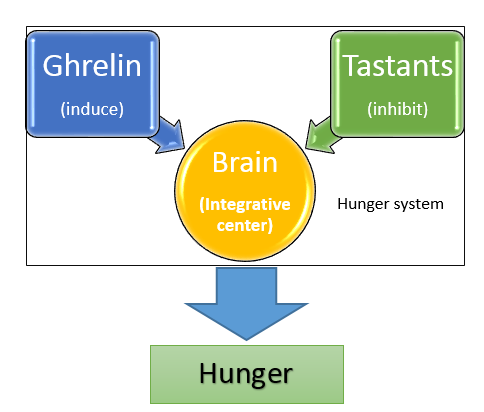Taste and the regulation of food intake:
insights and comments
Keywords:
Ghrelin, Eating, taste, mathematical biology, Computer Simulation, Flavor IntensifierAbstract
A modest archetypal of satiation is that it boils down primarily to two categories of signals transmitted from the gastrointestinal tract to the brain: stomach and intestine sensing and metabolism. Novel investigations endow us with the view that an extension of this traditional model is conceivable and called for, wherein intestinal satiation is the byproduct not only from signals related to the caloric content of ingested nutrients, but also from noncaloric properties of ‘tastant molecules’ in foodstuff. On this paper we discuss a recently published paper regarding the impact of tastants (e.g., noncaloric substance widely used as taste enhancers) on hunger and food intake. We gather the in vivo results (nasoduodenal infusions of tastants) with a recently developed mathematical model for ghrelin by the author and co-workers and we successfully replicate in silico part of the findings. The key results from the abovementioned paper and replicated herein is that tastant can inhibit hunger; with different levels of impact, umami being the strongest one, and the union of them being even stronger.
Downloads

Downloads
How to Cite
Issue
Section
License
I declare that this article is original and has not been submitted for publication in any other national or international journal, either in whole or in part. I further declare that once published in the Electronic Journal Management and Health published by the University of Brasília, it will never be submitted by me or any of the other coauthors to any other means of scientific dissemination.
Through this instrument, in my name and in the name of the other coauthors, may I soon copy the copyright of the article to Electronic Journal Management and Health and declare that I am aware that failure to comply with this commitment will subject the violator to penalties and penalties Law of Protection of Rights Authorities (Nº9609, of 02/19/98).

